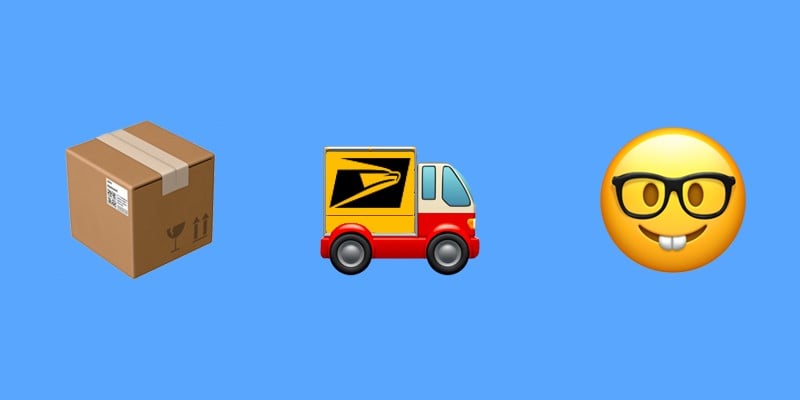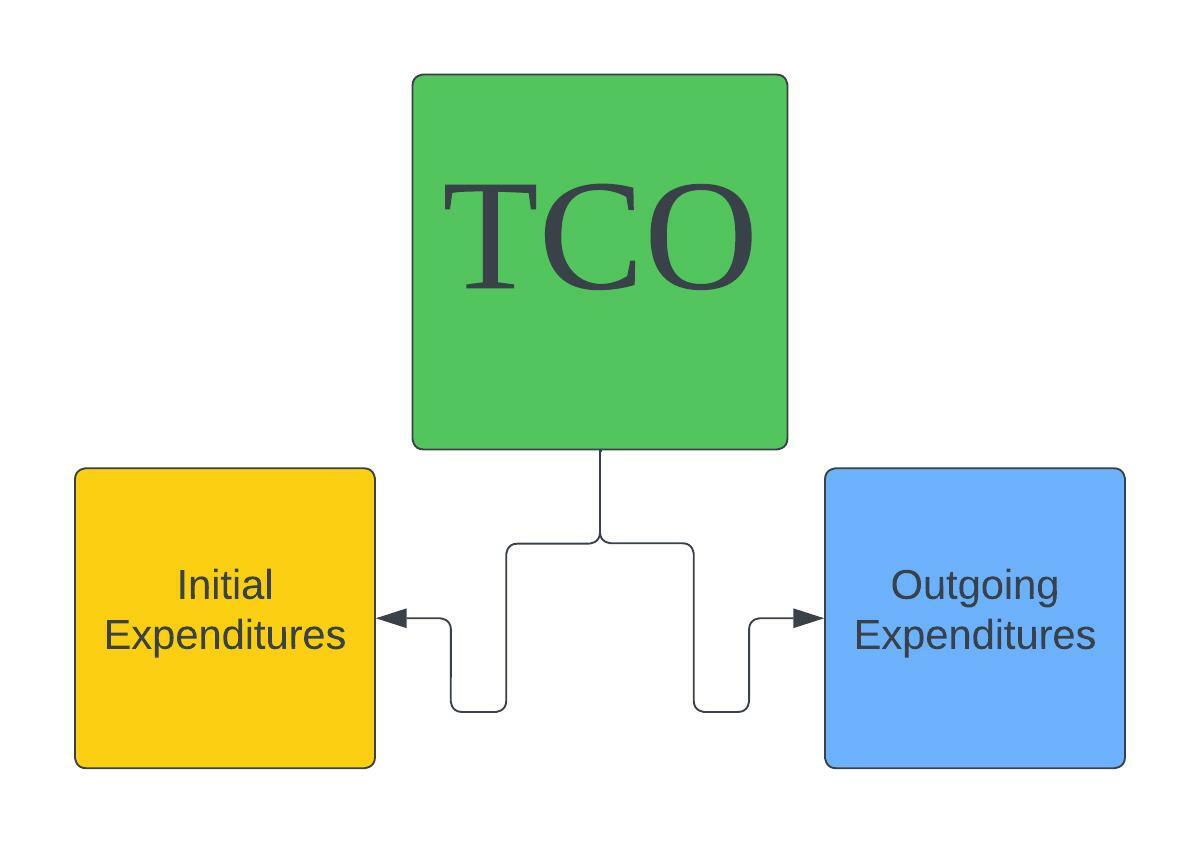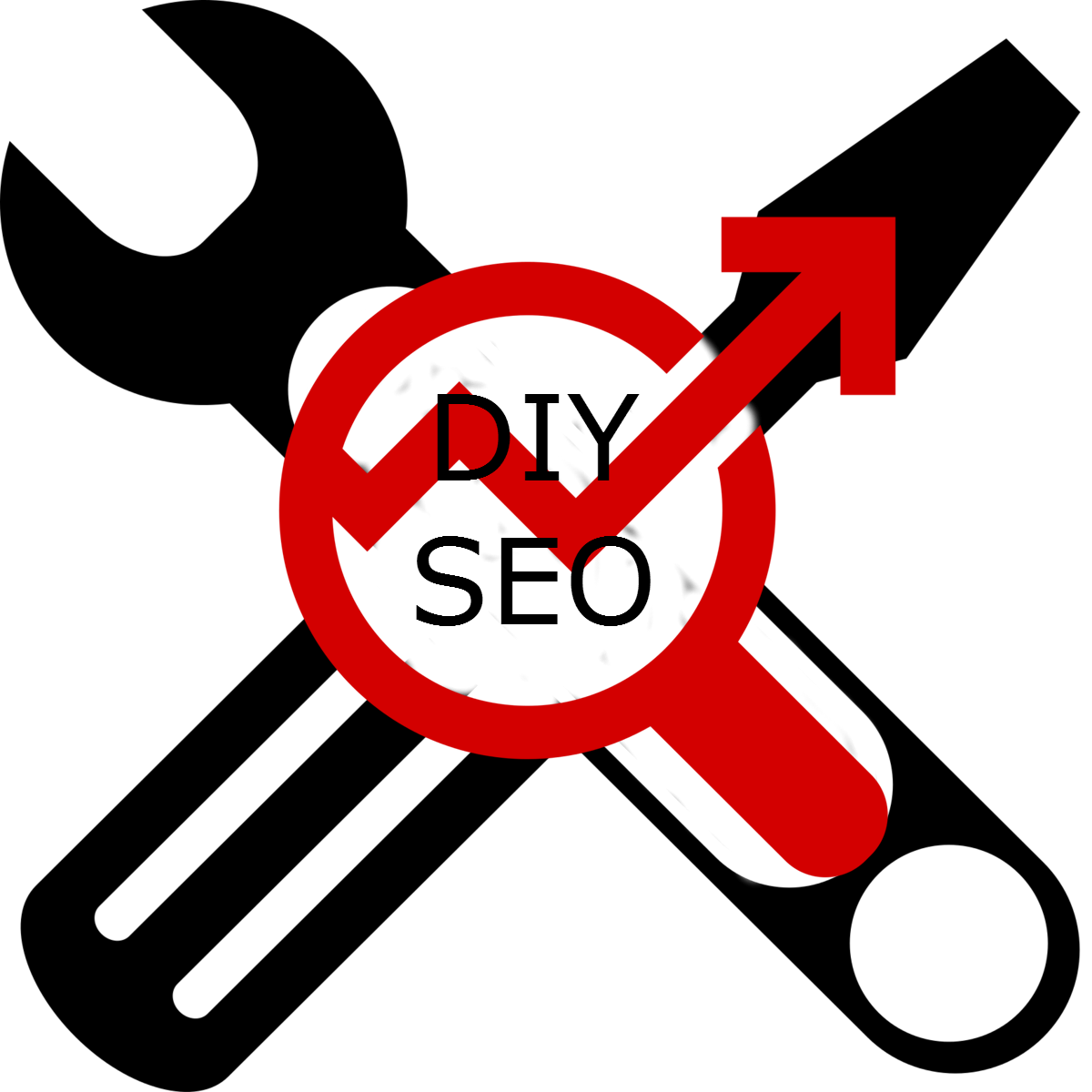
In the cutthroat world of e-commerce, price can make or break a brand. Retailers constantly compete to offer the best deal, and the race to the bottom can spiral out of control without boundaries. That’s where Minimum Advertised Price (MAP) compliance steps in — a rulebook that prevents retailers from advertising prices below a certain threshold set by the brand.
MAP compliance isn’t just a policy, it’s a strategic move to safeguard brand value, protect retailers, and ensure a level playing field in the marketplace. It’s about making sure your product’s price integrity remains intact, whether it’s listed on a big-name e-commerce platform like Amazon or a niche online store.
But here’s the tricky part: enforcing MAP pricing compliance requires more than a set of guidelines. Brands must monitor, report, and penalize violations — all while juggling relationships with retailers.
The complexity only increases when you consider how MAP compliance works across different e-commerce platforms like Magento, Shopify, and Shopware. Each platform has its own quirks and methods for integrating minimum advertised price policies, making it critical to understand how MAP fits into your tech stack. Without proper enforcement, the effort becomes a paper tiger, leading to damaged brand reputation and strained retailer relationships.
In this guide, we’ll break down exactly what MAP compliance means, why it matters, and how brands can ensure their products maintain consistent advertised pricing across digital storefronts. Whether you’re managing your own online store or a vast network of retailers, MAP compliance is key to maintaining both profitability and trust. Continue Reading









